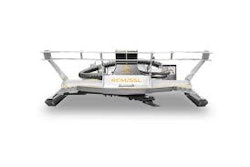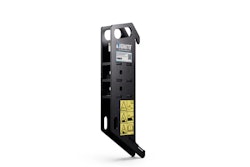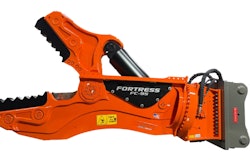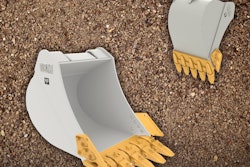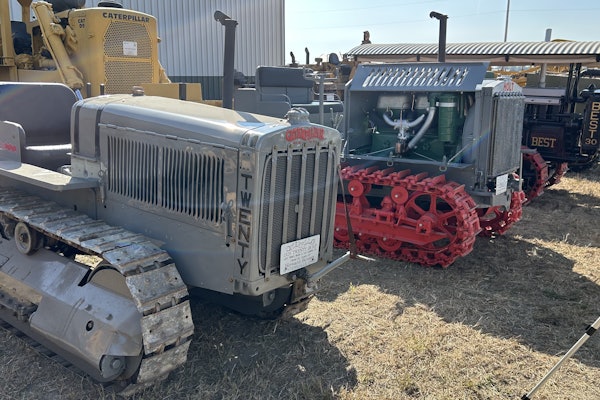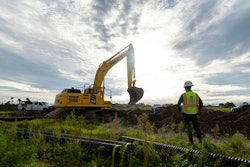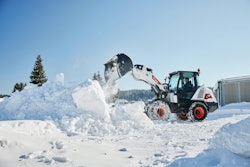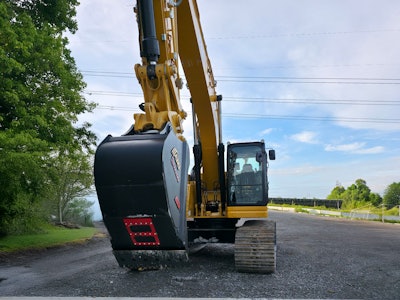
The company that invented the world’s first excavator bucket equipped with ground penetrating radar has expanded its lineup to include buckets for large excavators ranging from 20 to 40 metric tons.
Rodradar’s LDR Excavate buckets now come in five sizes. (LDR stands for Live Dig Radar.) The two new buckets are both 3 feet wide, with the Type 4 model for excavators weighing 20 to 30 metric tons and the Type 5 for those weighing 30 to 40 metric tons.
“Developed in direct response to customer and dealer feedback, the new buckets are designed for use with larger machines commonly found on major infrastructure projects, including data centers, solar power plants, airports and civil engineering works,” the company says. “Contractors can now excavate with confidence, knowing they have the right tools to help detect and avoid underground utility strikes in real time.”
The other LDR buckets in the lineup:
- Type 1 – for 1- to 3.5-metric-ton excavators; 18 or 24 inches wide.
- Type 2 – for 3.5- to 8.5-metric-ton; 18 or 24 inches wide.
- Type 3 – for 8.5- to 16-metric-ton; 24 or 36 inches wide.
Rodradar debuted its LDR technology at ConExpo 2023 to demonstrate how the bucket can detect underground utilities in real time to prevent strikes when digging. Since its unveiling, the bucket, which was developed with AMI Attachments, has been tested by U.S. contractors.
To watch the buckets in action, check out the video at the end of this article.
 Rodradar's LDR buckets are designed to detect underground utilities in real time while digging.Rodradar
Rodradar's LDR buckets are designed to detect underground utilities in real time while digging.Rodradar
The LDR scans the ground at the push of a button on the LDR Visualize touchscreen. The bucket is positioned in front and moves toward the excavator over the area to be scanned. The tablet then displays the utilities’ depth and distance. Alerts are sounded when utilities are detected, and a message on red background comes across the screen announcing, “Utility Detected.” The system uses advanced algorithms to classify radar echoes, the company says.
Rodradar announced in January that its LDR buckets are available for order. It also teamed up with equipment attachments manufacturer Engcon to integrate the buckets into that company’s quick-coupler and tiltrotator systems.
The company cautions that the LDR buckets do not replace 811 or other utility-location regulations.
“The LDR is a job-aid system designed to complement and enhance existing processes, helping operators avoid utility strikes while digging,” Rodradar says. “Although providing real-time actionable alerts of buried utilities, it is not intended for pre-project mapping or surveying purposes.”
To watch the LDR bucket in action, check out the video below:





